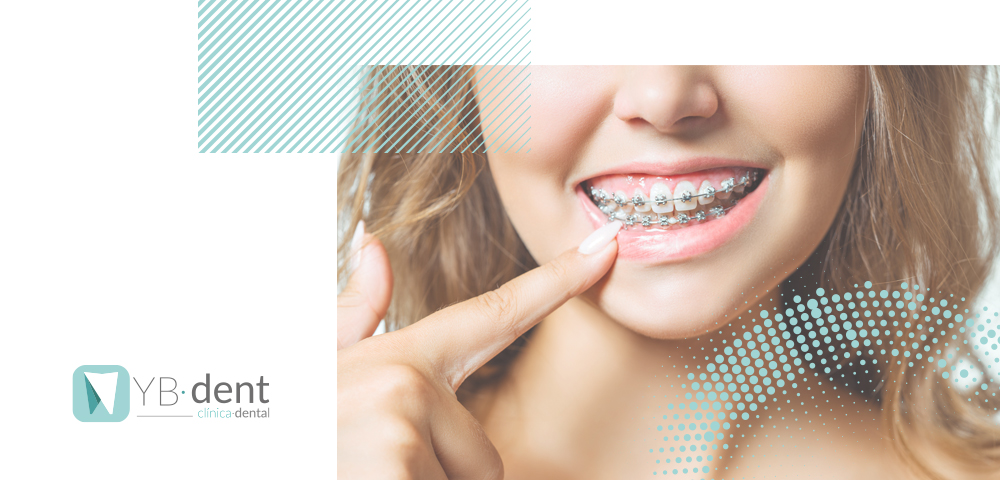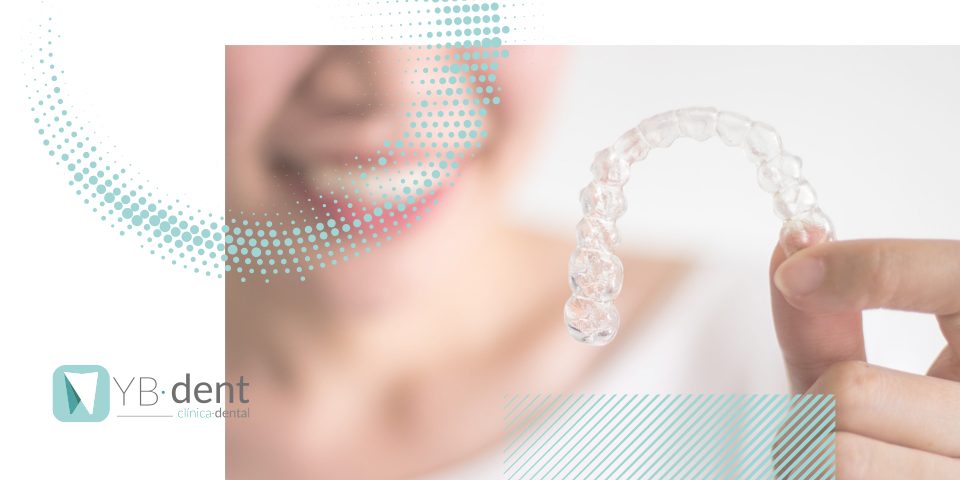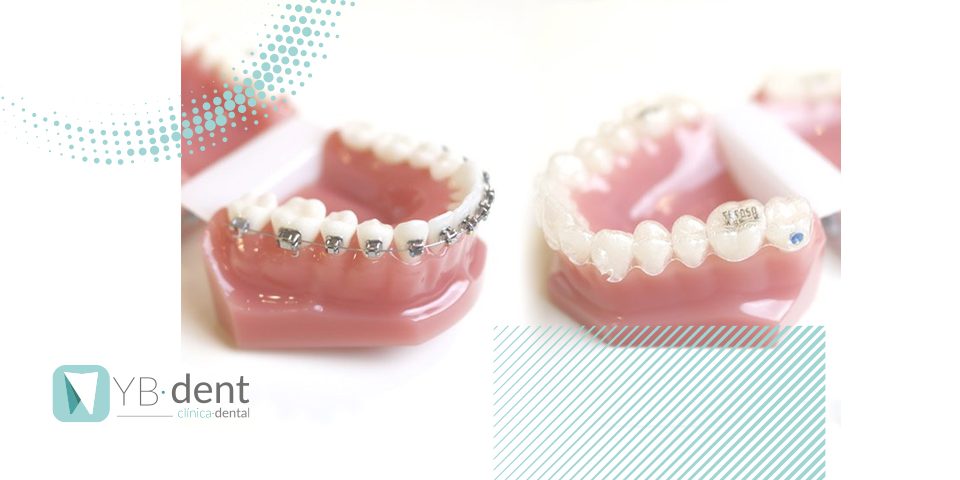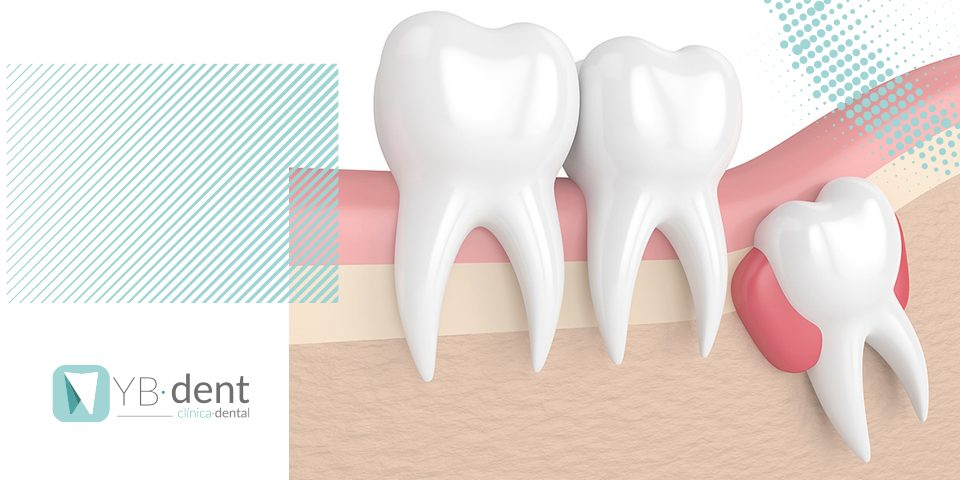¿Qué hacer si se suelta un bracket?

La finalidad del bracket es la de corregir la posición de los dientes en el caso de que estén mal alineados o incluso muy separados. También se utilizan cuando el paciente tiene problemas en la mordida, sobre mordida y más casos.
Los brackets son una opción muy común aunque cada vez encontramos la presencia de la ortodoncia invisible para evitar enseñar piezas metálicas cuando se habla o se sonríe. Es la parte más visible de la ortodoncia, se trata de pequeñas piezas con una forma cuadrangular que adhieren en los dientes del paciente que lo necesite. Cabe destacar que se diseñan de manera específica para cada diente donde se coloca un arco metálico que se sujeta con las ligaduras.
Las partes del bracket son la base, las aletas y el slot. La base es sobre la que se coloca el cemento especial para adherirlo al diente, Las aletas son las que sobresalen hacia el labio y por último, el slot es el espacio que existe entre las aletas.
Una vez sabemos las diferentes partes de los brackets podemos explicar qué hacer si se suelta un bracket y cómo poder solucionarlo.
¿Qué hacer si se suelta un bracket?
Los brackets funcionan de tal manera que transmiten la información en un movimiento determinado. Es por ello que el diseño es específico para cada diente y cada paciente de manera que el arco envía la fuerza suficiente capaz de mover los dientes hasta la posición más recta del diente. Esta fuerza se transmite de forma ligera pero constante. El paciente no siente dolor pero hasta que se acostumbre, siente una ligera presión en sus dientes para poder corregir dicha deformación.
Si llevas aparatos fijos, es probable que en algún momento se despegue un bracket y esto te genere preocupación, sobre todo si es la primera vez que te ocurre. Es importante saber que dependiendo de cómo se ha salido, se debe hacer una cosa u otra.
- Si el bracket se ha despegado pero no se ha salido
En este caso, lo ideal es que lo dejes donde está sin tocarlo y pidas cita a tu ortodoncista de confianza para ponerle solución cuanto antes.
- Si el bracket se ha despegado y se ha salido del arco
En este caso, es muy importante que lo guardes bien y lo traigas a tu cita con el dentista ya que esto facilitará más el trabajo.
No debes preocuparte porque si se sale un bracket no está considerado como una urgencia grave ya que es algo muy común que ha ocurrido a muchos pacientes. Eso sí, pide cita a tu dentista para que lo arregle y no tardes muchos días ya que esto puede provocar malformación en tus dientes.
Lo que queremos decir con ello es que no tienes por qué alarmarte pero tampoco esperes varios días para pedir cita con tu dentista de confianza. NO debes pegarte el bracket en casa bajo ningún concepto.
Dentista en Valencia
La caída de un bracket puede ocurrir por infinidad de motivos: ya sea morder de forma brusca cualquier alimento duro o incluso hasta morderte las uñas. Se acercan fechas muy señaladas en el calendario; ten cuidado con los turrones duros ya que pueden ser muy buenos pero algo traicioneros.
Lo primero que debes hacer es localizar y guardar el bracket que se ha caído para que tu dentista de confianza pueda colocarlo de nuevo cuanto antes. Como se ha dicho antes, cada bracket cumple una función específica para cada diente por lo que es importante guardarlo. Si sientes algún dolor o molestia, puedes aplicar cera dental para aliviar el dolor.
Resulta muy incómodo que el alambre de los brackets te lastime o te pinche por eso queremos que sepas que es algo común y que no es nada grave. En estos casos, debe ser un especialista quien debe manipularlo, no obstante, si notas que se ha movido un poco puedes intentar moverlo tú mismo y colocarlo en la posición original para que te moleste lo menos posible.
Si no sabes qué hacer si se suelta un bracket, lo mejor es acudir a tu dentista de confianza, él sabrá qué hacer en todo momento. YB-dent es tu dentista en Valencia que cuenta con los mejores profesionales y cuidamos de ti en todo momento.



